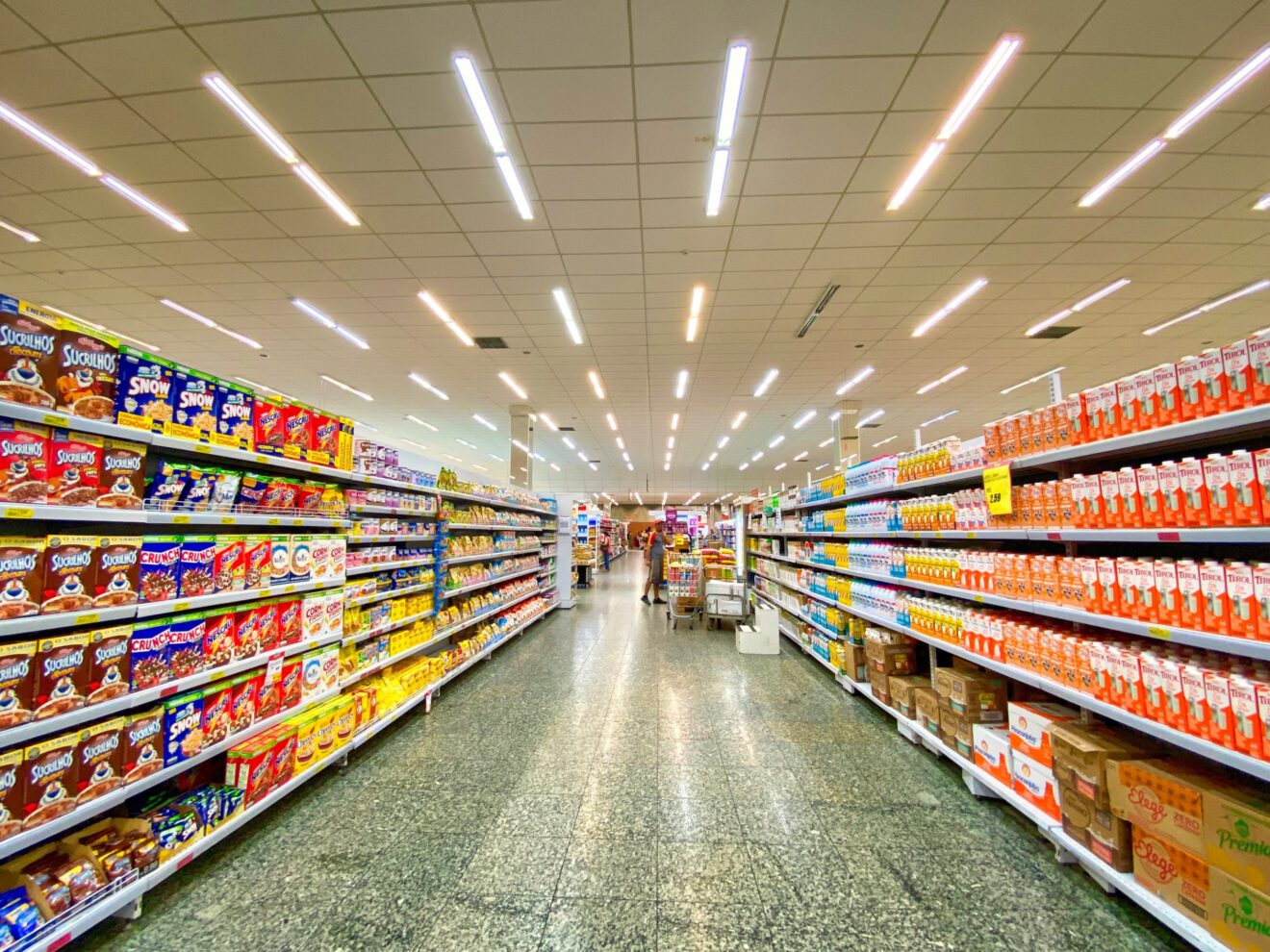Sign up for FMI dailyLead today, free.
From improving food safety and offering sustainable material alternatives to serving as a platform that helps brands and retailers glean more customer data, food packaging innovations are transforming beyond basic containers to vehicles that are revolutionizing the food, beverage and related retail industries.
Traceability throughout the supply chain
With food safety top of mind for many consumers, companies are increasing investments in food packaging innovations that not only extend product shelf life and prevent the leaching of potentially dangerous chemicals into food, but also in materials that keep food safer across all points of the supply chain.
“Imagine you’re sending a food product and you want to leverage traceability technology to show consumers where specific ingredients were sourced, or you discover a quality issue during the production process and need to quickly locate the source,” writes Joe Lambert, vice president of digital packaging solutions at Sealed Air, for Food Engineering Magazine. “By using a unique tracking code on each package, an issue can be identified quickly down to the machine it was created on or where it may have occurred. This quality and safety check will help keep a defective package from ever leaving the plant and can quickly help determine where recalled products originate.”
This type of technology is already being piloted by Portugal-based Veracruz Almonds via QR codes.
“It has never been more important for food and drink manufacturers to provide retailers, suppliers and end-consumers with full sight of the end-to-end production process, giving them reassurance that their product has been produced in the most safe and ethical way,” Veracruz CEO David Carvalho told New Food Magazine.
Increased monitoring of food safety
As a result of increased regulatory pressure to phase out the use of perfluoroalkyl and polyfluoroalkyl substances, the food and beverage industry is also making efforts to phase out PFAS in packaging.
“The alternatives are fairly priced, so if manufacturers are converting from PFAS to non-PFAS materials, it may require changing some processes, but the price will not change very much,” Yanqi Qu with Merck’s global life science business, MilliporeSigma, told Food Safety Tech.
Antimicrobial packaging innovations for produce include microbial coatings in corrugated containers and silver ion-embedded plastics that could potentially destroy harmful pathogens such as salmonella, listeria and E. Coli, according to Jeff Brandenburg, president of the Qfresh Lab/JSB Group, a Marina, Calif.-based international testing laboratory and consulting company that specializes in packaging design.
“On contact, bacteria would die,” Brandenburg told The Packer.
Consumer data and interaction
Smart packaging is also helping brands build loyalty by serving as communication platforms that allow brands and retailers to interact with consumers, both informing the customers more about the brand and helping the brand glean customer data, according to Lambert.
“These digital engagements not only enable the brand to communicate with consumers, but they allow consumers to communicate with the brand, opening the door for valuable two-way communication,” Lambert wrote for Food Engineering Magazine.
On-package codes can also be utilized in connection with promotions. Mars Wrigley is using on-pack QR codes on Snickers packaging as part of its NFL “Rookie Mistake of the Year” promotion, inviting consumers to scan the code to access a link where they shared their own “rookie mistakes” for a chance to win tickets to the Super Bowl, along with other prizes, according to The Drum. Meanwhile, Kraft Heinz used on-pack QR codes to provide its Jet-Puffed marshmallow customers with an augmented reality filter that allowed them to locate a virtual “S’morion” constellation in the night sky.
Walmart added AR to its app this summer that invites shoppers to use their cell phone cameras to scan shelves in-store to garner products’ allergan information as well as whether a particular product is included in a rewards program, according to Winsight Grocery Business.
A focus on sustainability
Consumers are increasingly demanding environmentally friendly food and beverage packaging made from compostable or recyclable materials, according to a recent Pactiv Evergreen and EcoFocus Worldwide study, which also found that consumers desire more recycling information on containers and view paper-based packaging second only to glass. For that reason, Beverage Industry reports, companies such as Pactiv and Tetra Pak are making paper-based beverage cartons made through responsible forest practices and with plant-based coatings and caps.
And Pepsico plans to transition its beverage packaging to 100% rPET materials in 10 European markets by the close of this year, Katharina Stenholm, chief sustainability officer for PepsiCo Europe, told Food Navigator in September, while Mars Wrigley has partnered with Berry Global packaging firm on a container for bulk purchases of its Skittles, Starburst and M&M’s candies that is made from recycled materials and will cut the brand’s virgin plastic use by approximately 300 tons annually, according to Recycling Today.
Read more from SmartBrief:
- The changing face of plant-based dining in the digital age
- Plant-based foods that emphasize plants appeal to consumers seeking less-processed foods
- How inflation is affecting decisions in the produce aisle
________________________________________________
If you liked this article, sign up for SmartBrief’s free email newsletter from the Food Industry Association. It’s among SmartBrief’s more than 250 industry-focused newsletters.
